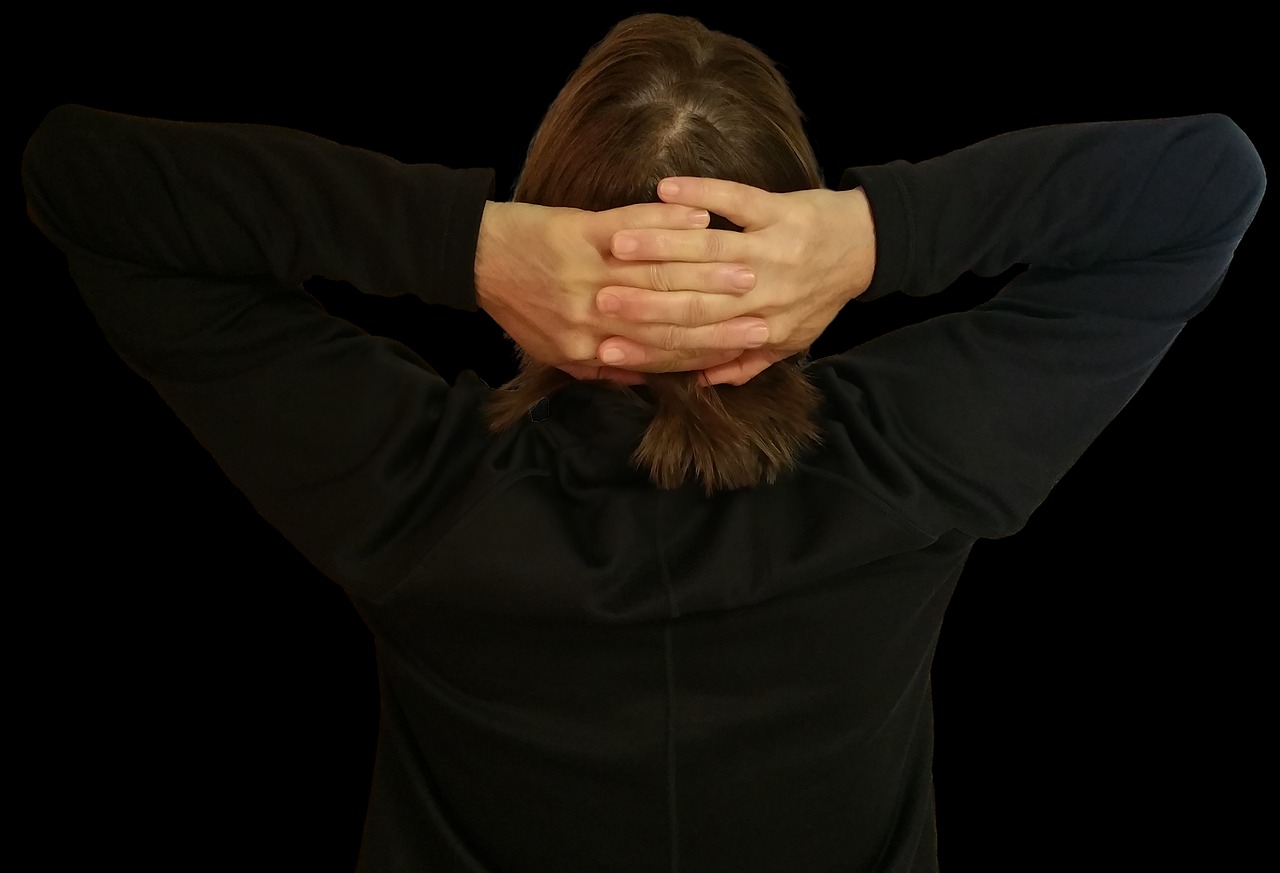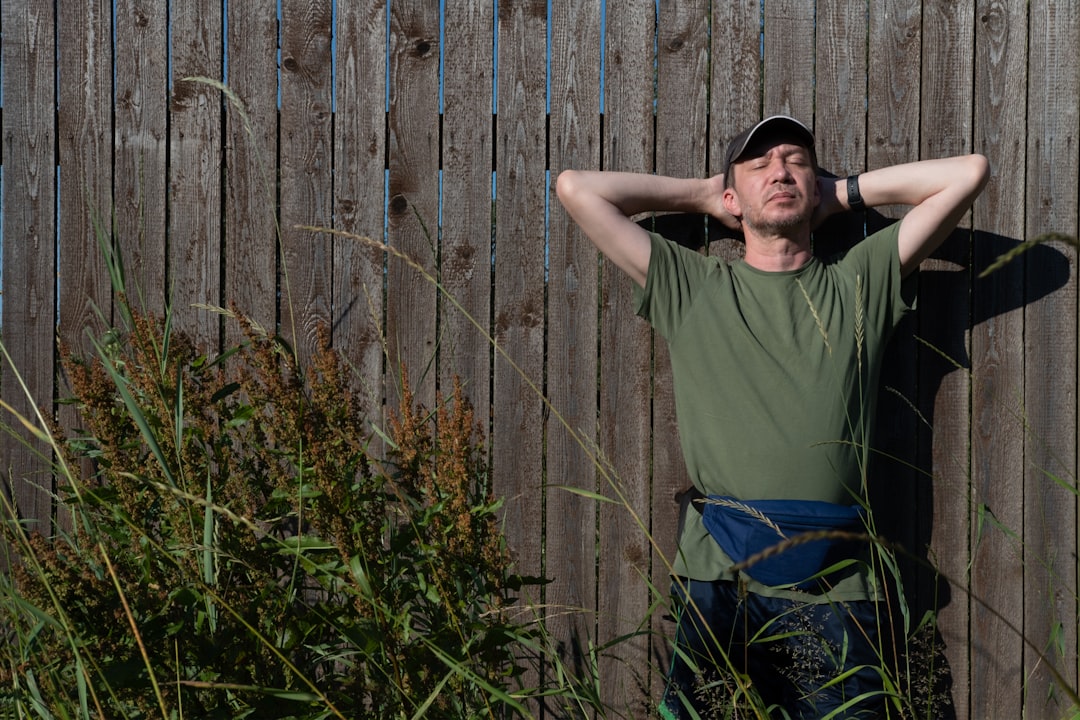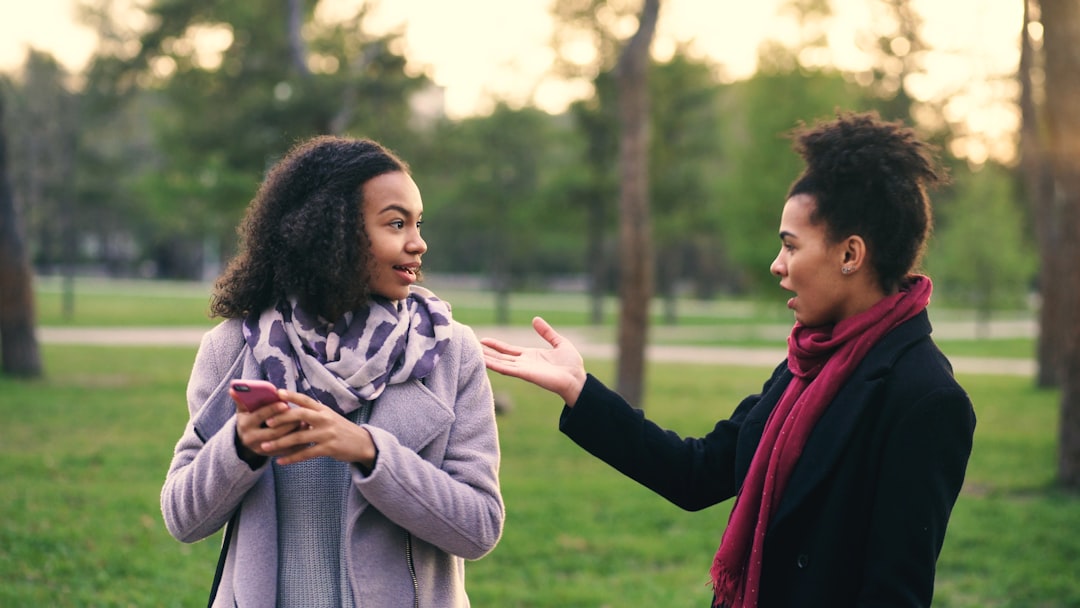Picture this: you’re in a meeting when suddenly your colleague leans back in their chair, places both hands behind their head, and smiles. You might wonder if they’re feeling relaxed, dominant, or maybe even stressed. That simple gesture carries layers of meaning that most people never consider, yet it speaks volumes about what’s happening inside someone’s mind.
The hands behind head pose is one of the most misunderstood gestures in body language. While it might look casual or carefree, this position can reveal everything from supreme confidence to hidden anxiety, depending on the context. Understanding these subtle signals helps you read people more accurately and respond appropriately in social and professional situations.
The Psychology Behind the Gesture

This seemingly casual posture holds significant insights into an individual’s state of mind, rooted deep in psychology and nonverbal communication, radiating emotions from supreme confidence to subconscious defensiveness. The psychological roots of this gesture trace back to our primal instincts and neurological responses.
The hand-behind-head gesture may have evolutionary roots in posturing behaviors. Negative emotions may trigger various defensive postures as we unconsciously respond to perceived threats or discomfort.
The brain processes this gesture as either a display of openness or a subtle form of protection, making context absolutely crucial for accurate interpretation.
Signs of Dominance and Confidence

When a manager leans back with their hands behind their head during a meeting, it usually signals dominance and self-assurance, serving as a nonverbal method of stating “I am in control here.” This interpretation becomes especially pronounced when combined with other confident body language markers.
In the U.S., leaning back and placing both hands behind the neck in the bilateral head clamp posture is a nonverbal sign of dominance, revealing that someone feels no need to show eagerness or attention. This body language cue is often considered a male-dominant gesture, rarely seen in women, and signals extreme confidence or sometimes even arrogance.
The gesture creates a visual impression of taking up more space, which psychologically signals authority and self-assurance. Think of it as the physical equivalent of saying “I’m so comfortable here that I can expose my most vulnerable areas.”
Hidden Stress and Anxiety Indicators

Despite being a posture typically associated with relaxation, the same pose can reflect frustration, impatience, or anxiety, with running hands through hair while in the pose indicating feelings of stress or mental pressure. This contradiction makes reading the gesture particularly challenging.
In conversation, hand-behind-head may be read as a potential sign of uncertainty, conflict, disagreement, frustration, anger, or disliking, usually reflecting negative thoughts, feelings, and moods. Some observations suggest this gesture may occur during disagreement or frustrating situations, and athletes use this gesture when frustrated or angry.
The key lies in observing the duration and accompanying facial expressions, as stressed individuals often display tighter jaw muscles or furrowed brows alongside the gesture.
Workplace Dynamics and Professional Settings

Resting hands behind the head can effectively convey confidence among peers or friends, but misusing it may come off as aloof or even aggressive, making it advisable to reserve for moments when asserting expertise or delivering presentations rather than during routine interactions. Professional environments require particular sensitivity to this gesture’s impact.
According to body language experts, this is almost entirely a male gesture used to intimidate others or it infers a relaxed attitude to lull you into a false sense of security just before an ambush. Understanding these dynamics helps you navigate office politics and power structures more effectively.
Smart professionals recognize when this pose enhances their authority versus when it might alienate colleagues or subordinates. The timing and audience make all the difference in how the message is received.
Gender Differences in Expression

When a woman does this, it often means she’s pretty comfortable with the company she’s in. While it’s not as common to see girls putting their hands behind their heads, it does happen from time to time, and like guys, girls might do this to try and make themselves appear larger than they are.
The interpretation often shifts when women adopt this posture, as it’s less commonly associated with dominance displays in female body language. If she’s smiling or laughing, it’s one of the positive reasons, but if she’s being serious or looks agitated, it’s going to be one of the negative reasons.
These gender-based differences reflect broader cultural expectations and social conditioning around power displays and personal space occupation.
Cultural Variations and Interpretations

There are substantial cultural differences in how people use body language to communicate, and understanding what people mean through their body language can be a challenge in culturally diverse companies or when visiting emerging markets. The hands behind head gesture carries different meanings across various cultural contexts.
Nonverbal communication reflects cultural diversity and societal norms, and through cultural variance analysis, researchers can uncover the intricate ways culture shapes nonverbal behavior, offering valuable insights for intercultural communication. What reads as confident leadership in Western business culture might appear disrespectful or overly casual in more hierarchical societies.
Understanding these cultural nuances prevents misunderstandings and helps build stronger international relationships. When in doubt, observing local customs and mirror the formality level of your environment serves as the safest approach.
Reading Accompanying Body Language Cues

The gesture can express vulnerability and openness when a person tilts their head back, exposing their neck while in a hands-behind-head stance, but if a person’s torso is slightly turned away or their shoulders are tense, they might be subconsciously shielding themselves, indicating insecurity or discomfort. Context becomes everything when decoding this complex gesture.
In some scenarios, hands behind the head could give away boredom or disinterest, especially when coupled with a lack of eye contact during conversation or presentation, though it can also express vulnerability and openness when combined with head tilting that exposes the neck.
Watch for micro-expressions, breathing patterns, and overall posture alignment to get the complete picture. These subtle details often reveal the true emotional state behind the gesture.
Practical Applications and Response Strategies

With strangers or in tense discussions, adopting more neutral stances can help reduce the chance of misinterpretation, and if you find yourself defaulting to this pose unconsciously, ask yourself what motivates the behavior and whether you’re retreating from an uncomfortable situation. Self-awareness becomes crucial for effective communication.
In professional settings, this gesture may indicate various emotional states that warrant attention. Recognizing this signal helps professionals dig deeper into important topics or address underlying concerns.
When you observe this gesture in others, consider whether they need space to process information, feel challenged and are asserting themselves, or might be experiencing some form of discomfort that needs addressing through more supportive communication approaches.
Conclusion

The hands behind head gesture reveals far more than meets the eye, serving as a window into someone’s emotional and psychological state. From displays of supreme confidence to subtle stress signals, this common pose carries multiple layers of meaning that shift dramatically based on context, culture, and individual circumstances.
Mastering the art of reading this gesture enhances your ability to navigate social and professional situations with greater insight and empathy. Remember that no single gesture tells the complete story, but when combined with other body language cues, it provides valuable insights into human behavior and communication.
What fascinating body language signals have you noticed in your daily interactions? The world of nonverbal communication holds endless discoveries for those willing to observe and learn.




